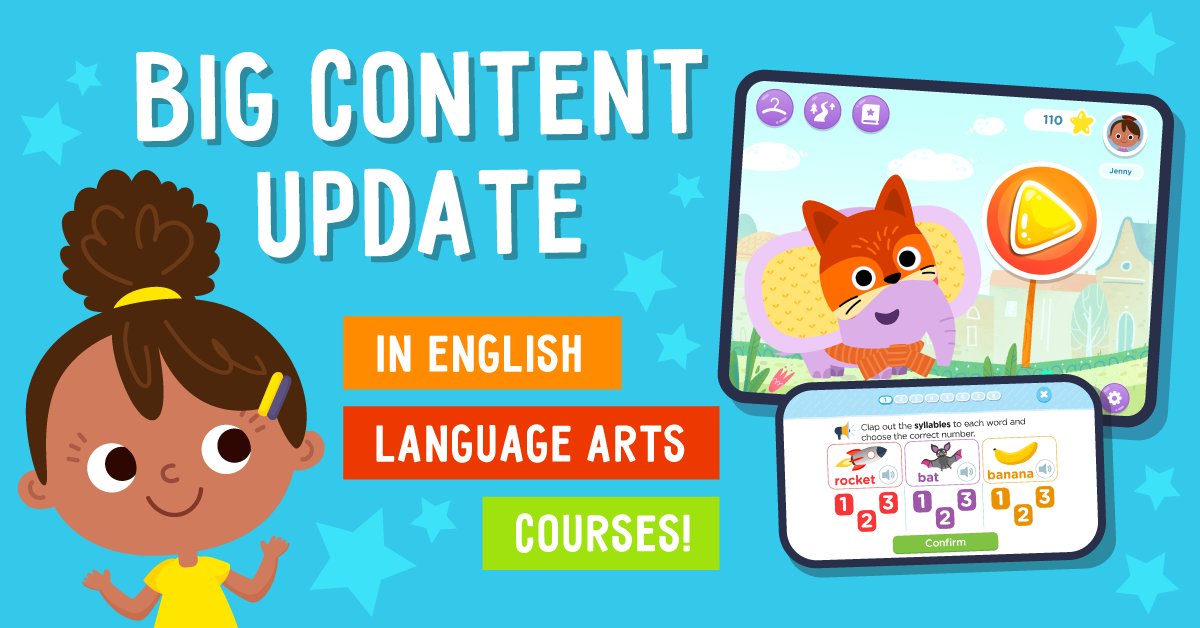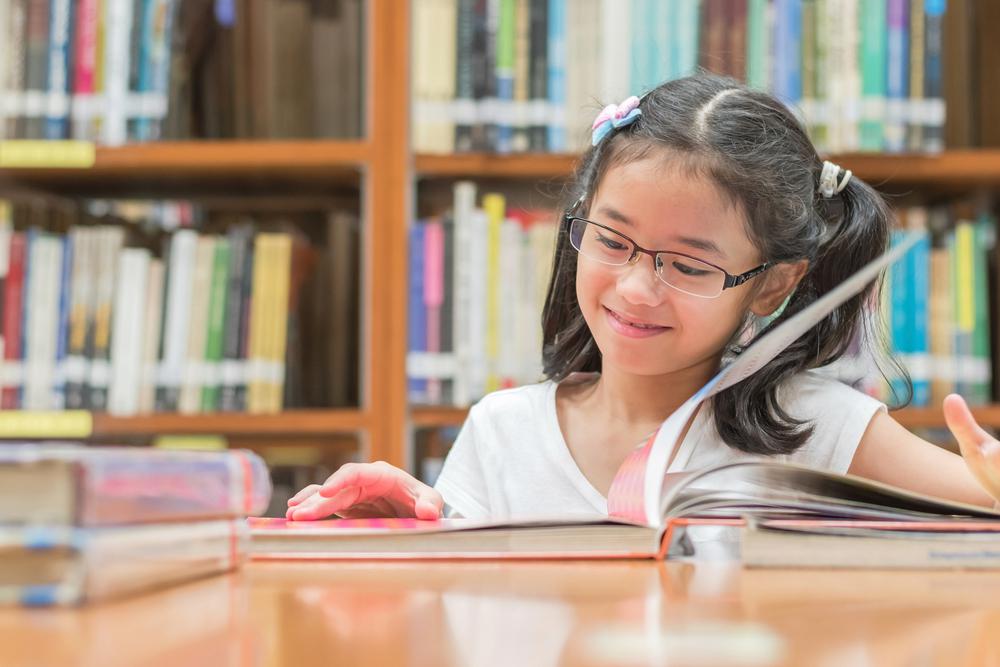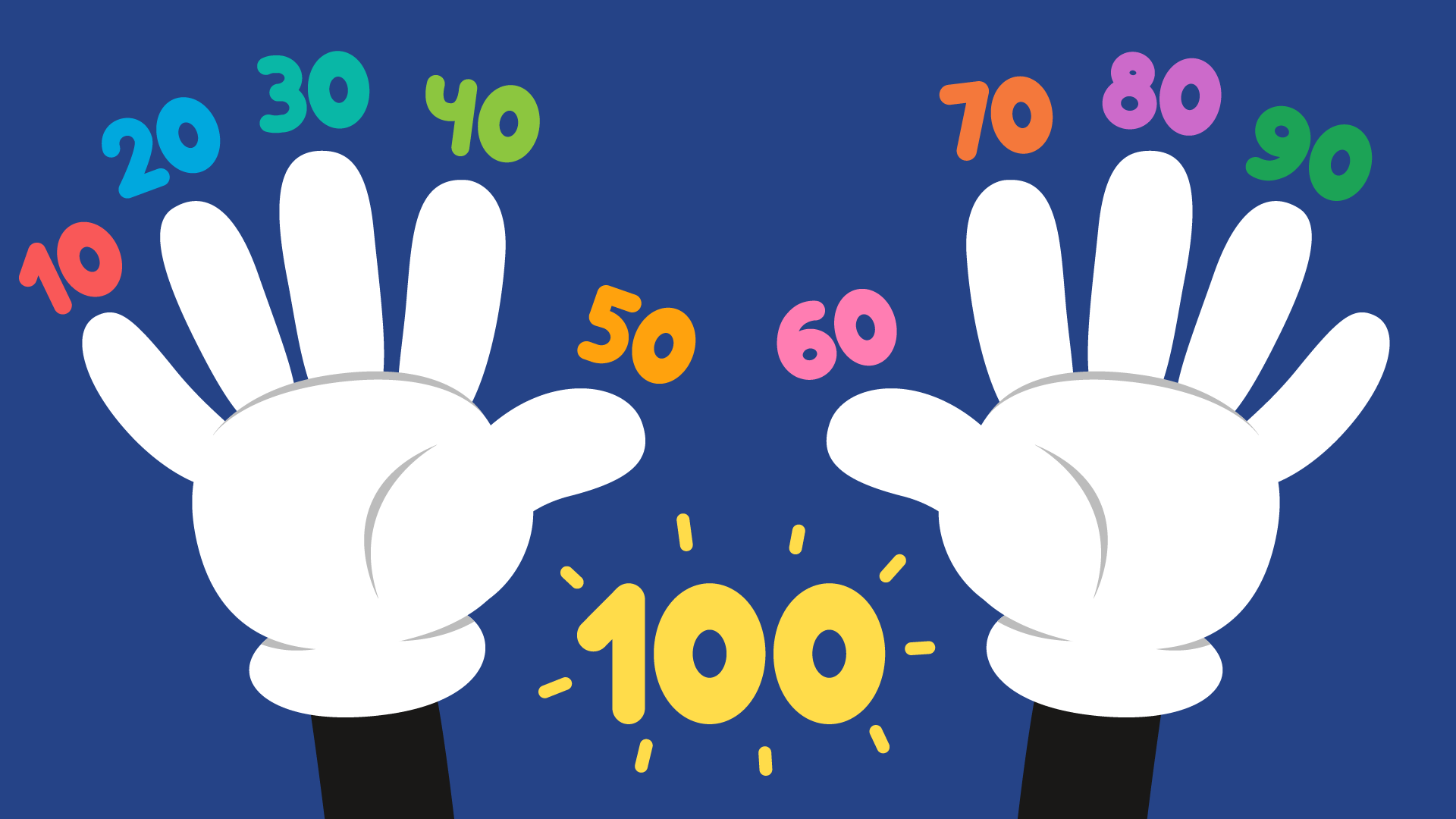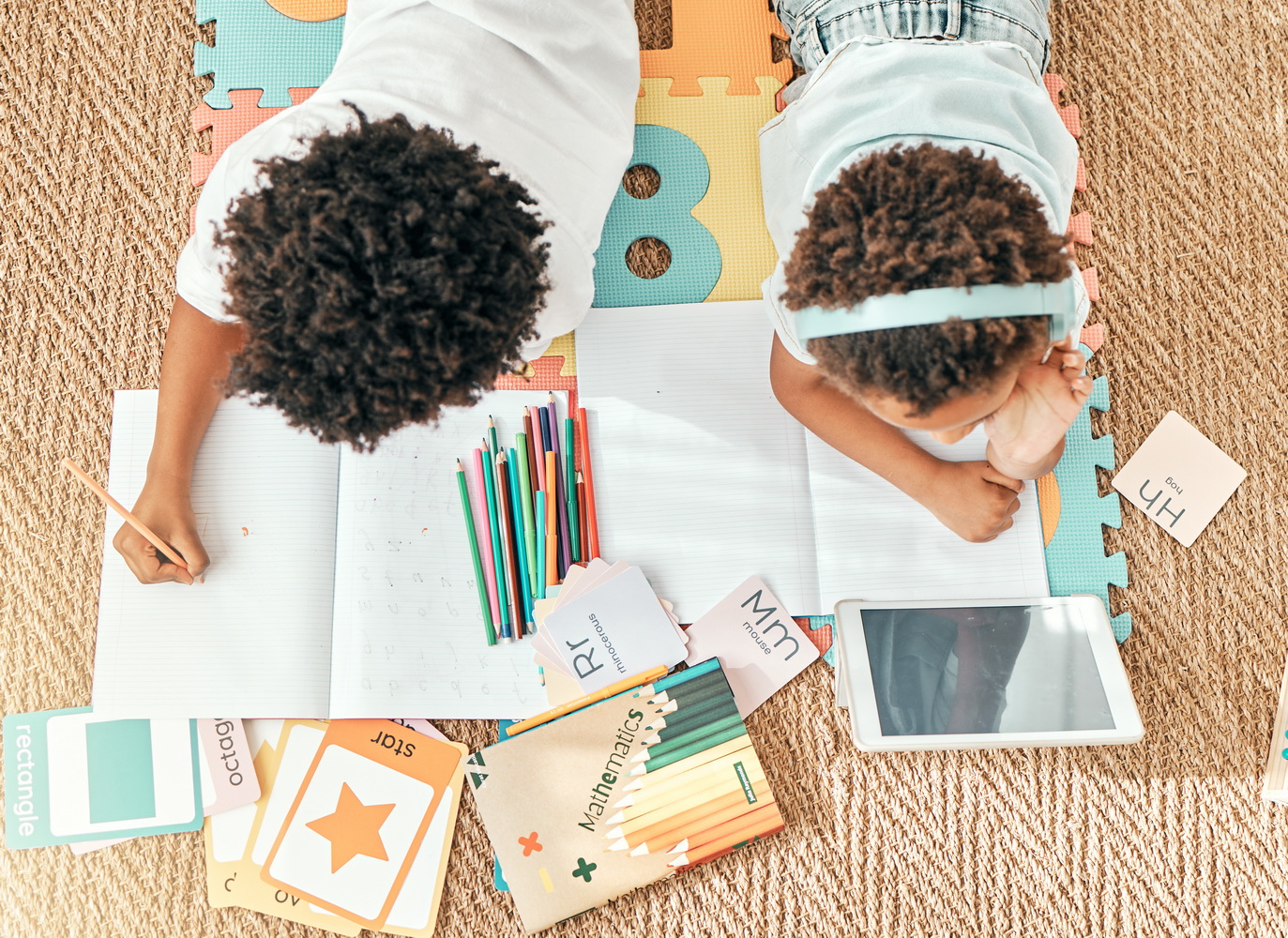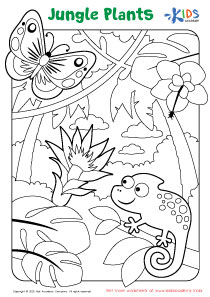Color Identification Easy Grade 2 Worksheets
3 filtered results
-
From - To
Discover our engaging Color Identification Easy Grade 2 Worksheets, designed specifically to enhance your child's understanding of colors in a fun, interactive way. Perfect for second graders, these worksheets feature vibrant images and simple activities that encourage students to identify, match, and categorize colors. This resource not only helps improve color recognition skills but also boosts creativity and critical thinking. Whether used in the classroom or at home, these worksheets provide valuable practice for young learners. Download and print them today to inspire your child's love for colors and enhance their learning experience! Great for teachers and parents alike!
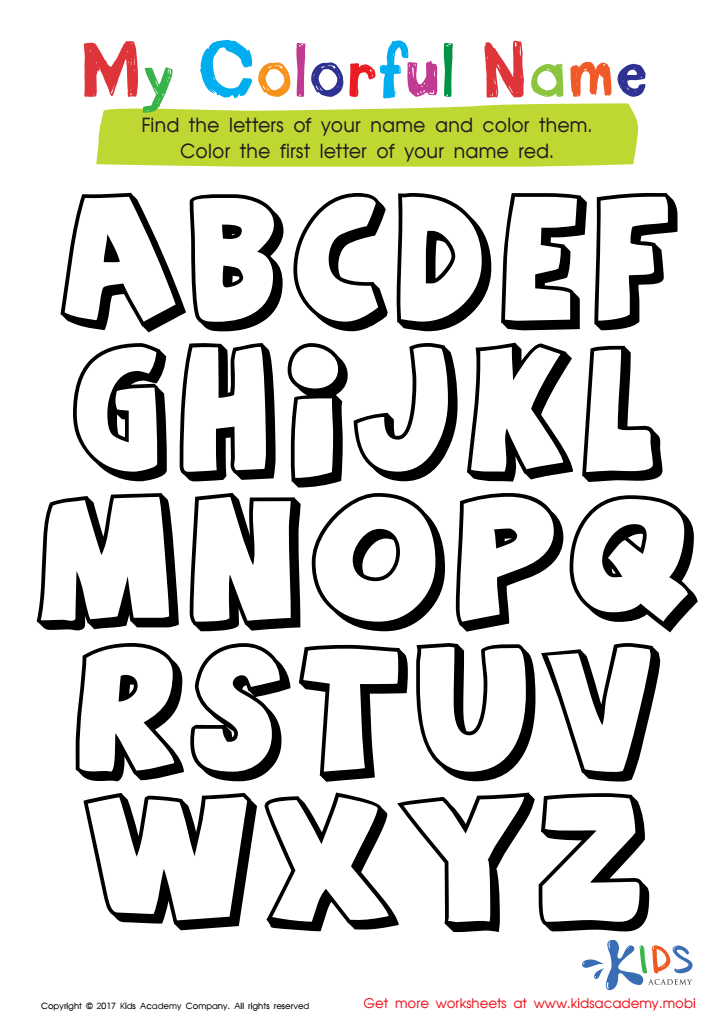

My Colorful Name Worksheet
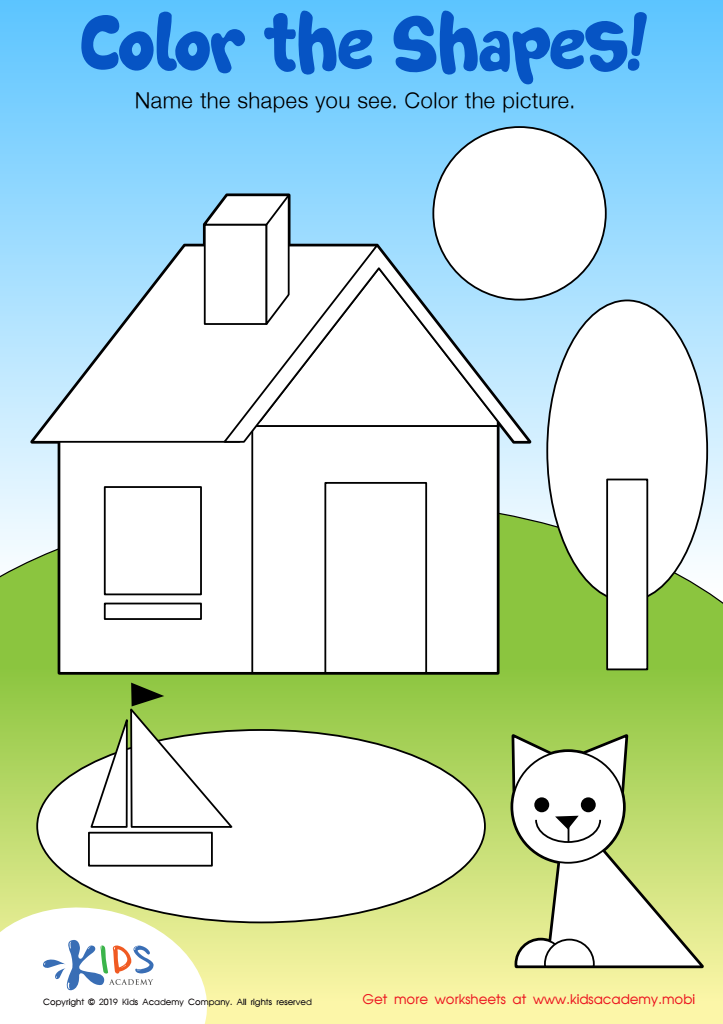

Color the Shapes Worksheet
Color identification is a fundamental skill for young learners, particularly in Grade 2, where students are beginning to develop key cognitive and language abilities. Parents and teachers should care about this skill for several reasons.
Firstly, color identification enhances a child's observational skills, allowing them to make connections between objects and their characteristics. This skill supports various subjects, including art, science, and literacy. For example, children use colors to describe emotions in storytelling or differentiate between plant types in science classes.
Secondly, understanding colors facilitates social interaction. Children use colors during play, helping them communicate preferences, collaborate on games, and express creativity. This encourages teamwork, an important social skill, fostering friendships and enhancing classroom dynamics.
Moreover, teachers and parents can utilize color identification as a gateway for developing other academic skills. Incorporating colors in teaching math (e.g., sorting and grouping objects) and language arts (e.g., describing scenes in drawing) enriches learning.
Lastly, recognizing colors can impact a child's self-confidence and independence. By mastering this skill, children feel accomplished and capable, motivating them to explore and engage more actively in their learning environment. Thus, prioritizing color identification is vital for holistic development.

 Assign to My Students
Assign to My Students





